zones do not incorporate summer heat levels into the zone determ
brooklyngreg
13 years ago
Related Stories
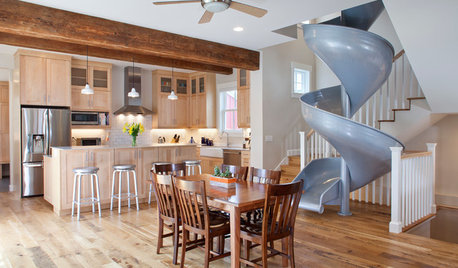
DINING ROOMSNew This Week: 6 Modern Dining Zones in Homes Big and Small
Look to splashy accent walls, right-sized tables and indoor slides to make the most of your open layout
Full Story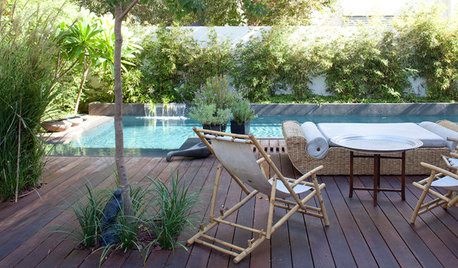
GARDENING AND LANDSCAPING10 Great Outdoor Chill Zones
Whether you have a huge poolside deck or a sliver of a patio, these ideas will kick stress to the curb all summer long
Full Story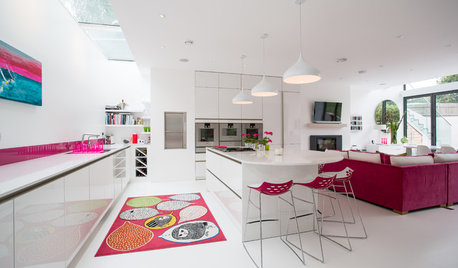
KITCHEN WORKBOOKNew Ways to Plan Your Kitchen’s Work Zones
The classic work triangle of range, fridge and sink is the best layout for kitchens, right? Not necessarily
Full Story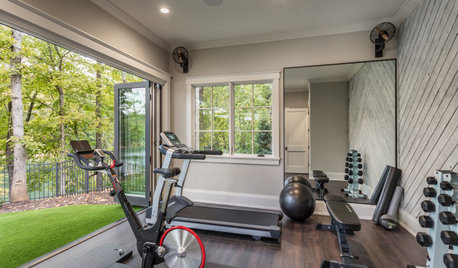
HOME GYMS10 Elements of an Inspiring Home Gym
Give yourself an incentive to exercise regularly by creating a workout zone that will get you moving at home
Full Story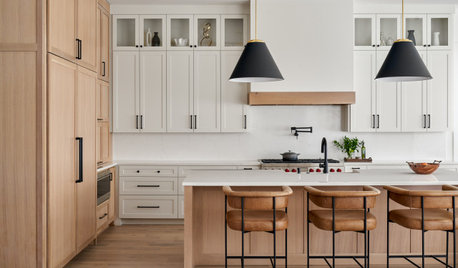
KITCHEN DESIGNStash It All: Know the 3 Zones of Kitchen Storage
Organize storage space around your kitchen’s main activities for easier cooking and flow
Full Story
GARDENING GUIDES10 Cold- and Heat-Tolerant Perennials and Shrubs for the Arid West
These flowering native plants shrug off the cold of winter and heat of summer while adding beauty to the drought-tolerant landscape
Full Story
GREAT HOME PROJECTSHow to Add a Radiant Heat System
Enjoy comfy, consistent temperatures and maybe even energy savings with hydronic heating and cooling
Full Story
BATHROOM DESIGNWarm Up Your Bathroom With Heated Floors
If your bathroom floor is leaving you cold, try warming up to an electric heating system
Full Story
GREEN BUILDINGHouzz Tour: Passive House in Vermont Slashes Heating Bills
Its ecofriendly, low-maintenance design leaves a family with more time to relax and enjoy the weekend home
Full Story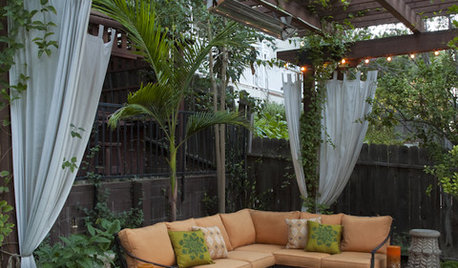
GARDENING AND LANDSCAPINGChill Out: 10 Cool Ways to Beat the Heat Outdoors
Step away from the A/C's artificial blast — and treat yourself to these more natural cool-down methods in the great outdoors
Full StorySponsored
More Discussions






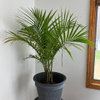

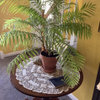
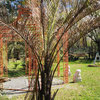
tropicalzone7
us_marine
Related Professionals
Ashburn Landscape Architects & Landscape Designers · Forest Acres Landscape Architects & Landscape Designers · Southfield Landscape Architects & Landscape Designers · Indianapolis Landscape Contractors · Las Vegas Landscape Contractors · Mount Sinai Landscape Contractors · North Ridgeville Landscape Contractors · Porterville Landscape Contractors · Soddy Daisy Landscape Contractors · Tacoma Landscape Contractors · Littleton Window Contractors · Lake Arrowhead Window Contractors · Meadow Woods Window Contractors · Winnetka Window Contractors · Discovery Bay Window Contractorstropicalzone7
us_marine
lzrddr
tropicalzone7
jimhardy
wxman81
stanofh 10a Hayward,Ca S.F. bay area
us_marine
brooklyngregOriginal Author
garyfla_gw